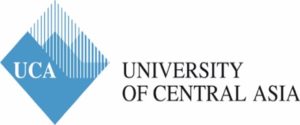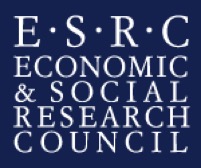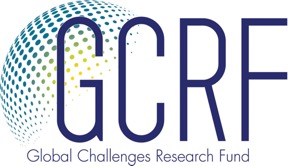Inside-Out: Trust and Positionality at the Negotiating Table
The nucleus of the Gobi Framework is a detailed study of the Oyu Tolgoi mine in South Gobi, Mongolia. One of the largest gold and copper operations in the world, it serves as a point of reference as we attempt to scale up and move beyond the borders of Mongolia. Since 2016, members of the Gobi Framework have traveled to Oyu Tolgoi to study the outcome of a conflict between local herders and mine operators, in which herder livelihoods, access to water, and contested air quality led to complaints, impassesses, and protests. In 2012, residents of the area, most of them herders, created two non-governmental organizations (NGOs), through which they submitted a complaint to the Compliance Advisor Ombudsman (CAO) of the World Bank. Because Oyu Tolgoi is funded in part by the International Finance Corporation (IFC), a World Bank subsidiary, this complaint triggered a structured mediation process that continues to this day.
The CAO brought together a group of Oyu Tolgoi mine representatives, government officials, and members of the newly-formed NGOs in what became known as the Tripartite Committee (TPC). The TPC now has a yearslong history of mediating between the mine and the herders who live in its vicinity. Our work with the Gobi Framework puts us in the position of observers, witnessing how industry, local communities, and civil society come together around the negotiating table when issues of livelihoods are at stake.
Often, civil society is cited as a “middle sphere” to balance and augment the power of the state between political space and individuals. Understanding the role of civil society in infrastructure development is critical to addressing the issues that can arise from conflict between developers and local communities. Civil society groups attempt to articulate the public interest, finding signal in noise, thereby facilitating the negotiation process.
In the past fifteen years, the number of Mongolian civil society has increased considerably. The latest statistics show that almost 3,500 non-governmental organizations (NGOs) are registered with the Ministry of Justice—roughly 1 NGO per 900 Mongolians. But the impact of these NGOs as they attempt to navigate issues is difficult to ascertain.
When I first traveled to Oyu Tolgoi, I was surprised to hear that many herders are unfamiliar with civil society groups’ role in the TPC. Some even have negative attitudes towards NGOs. What caused this hostility between local communities and the groups that claim to speak for them? In conversation with TPC delegates, we received information that helped answer this question. Processes such as consultations and trainings were frequently cited by herders as key to empowering them to sit at negotiating table with the representatives of a multibillion-dollar project. But those herders on the inside still struggled to bridge the divide that separated them from their neighbors. It seemed as though the TPC process—while internally successful—had created insiders and outsiders within the very community it meant to serve.
There are likely several reasons for this divide. First, civil society is a relatively new concept in Mongolia; the nongovernmental sphere only dates to the end of the Communist era in the 1990s. Secondly, civil society groups in the country are often viewed with skepticism. The sheer number of NGOs and their lack of transparency fuels suspicion about anonymous funders and ulterior motives. Mongolians tend to “follow the money” when wondering about a group’s ethos; when those funding streams are unclear, they tend to assume the worst.
Our team’s experience with Oyu Tolgoi has taught us a great deal, but the role that civil society groups play in the South Gobi province adds a cautionary tale. Community-developer relationships are critical, but community-community relationships also require tending.




